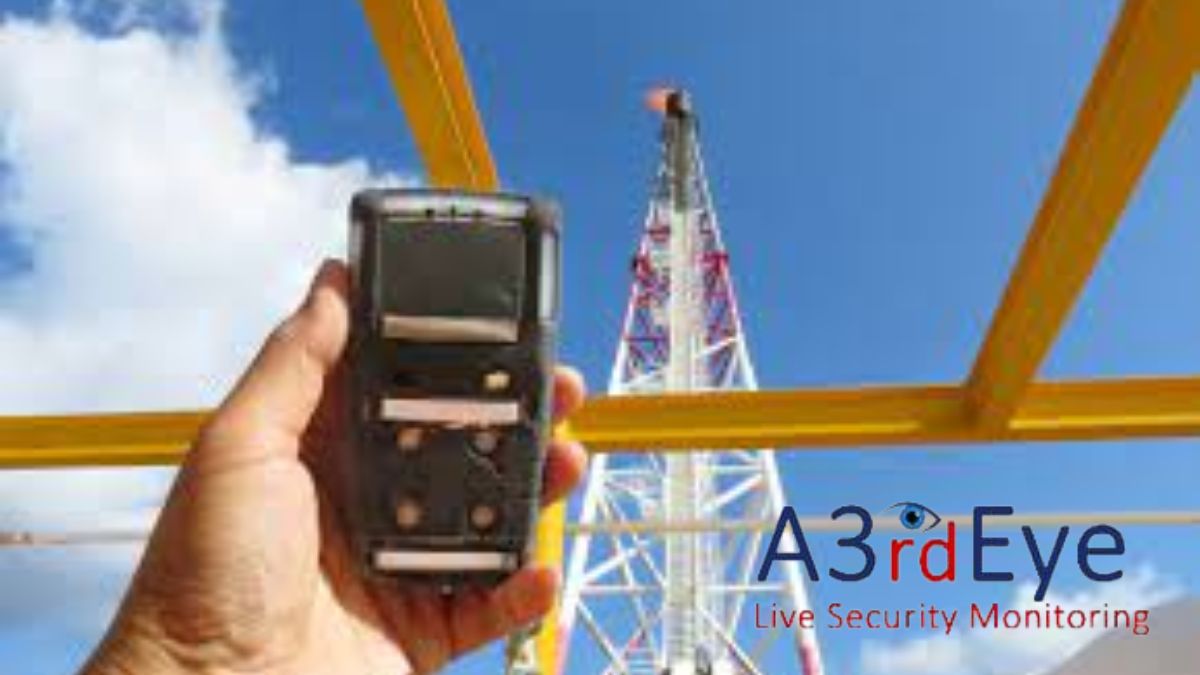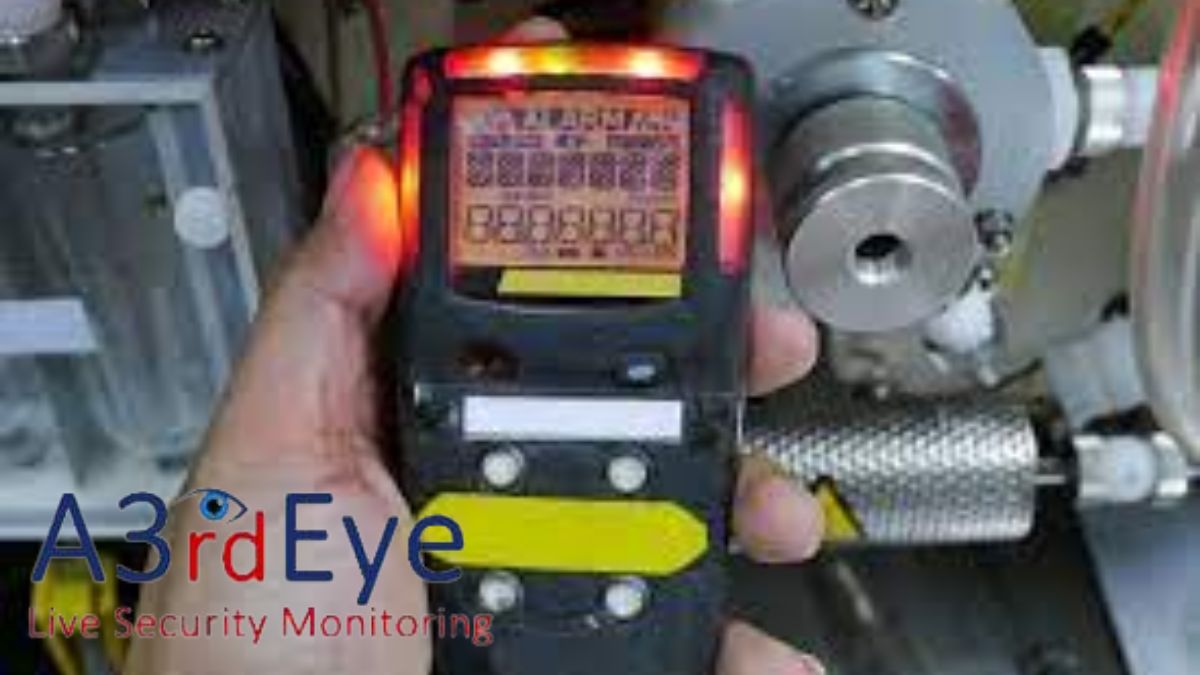
H2S Monitor: Safeguarding Workplaces
H2S Monitor Safeguarding Workplaces Hydrogen sulfide is a colorless, odorless, and highly poisonous gas. The oil and gas, sewage treatment, and mining sectors use it frequently. Breathing difficulties, unconsciousness, and even death can result from exposure to trace amounts of H2S.
There Must Be H2S Measurements
Given the dangers of H2S in the workplace, thorough monitoring systems are essential. These monitoring systems provide gas concentrations in real-time, facilitating prompt response and, if necessary, evacuation. The use of H2S monitors is critical to the prevention of accidents, the safety of workers, and the fulfillment of regulatory requirements.
How Do H2S Detectors Function?
Hydrogen sulfide detection in the air is accomplished by H2S monitors using cutting-edge sensor technology. These detectors are optimized to respond to H2S molecules and sound an alarm when gas concentrations reach a certain point. Currently, most monitors have digital screens, programmable alarms, and the ability to log data.
Various H2S Detection Devices
Wearable personal monitors, handheld monitors, and fixed monitors for continuous area monitoring are only some of the H2S monitors on the market. Each kind has its advantages, which vary based on the office’s needs.
How to Choose an Appropriate H2S Detector
Considerations such as the work environment, sources of H2S release, and desired alarm features should be made while selecting an H2S monitor. The best monitor to use in any situation can only be chosen by conducting a comprehensive risk assessment.
The Strategic Installation of H2S Detectors
H2S monitors must be strategically placed for accurate gas detection. Install sensors in suspected gas concentration locations and proximity to possible H2S sources. Accurate readings and dependable operation are the results of regular calibration and maintenance.
Mechanisms of Detection and Procedures for Action
H2S monitors use visible and audio warnings to warn employees of dangerous gas levels. It is crucial to establish clear response protocols, such as evacuation plans and PPE, to reduce potential harm.
Proper Usage through Instruction and Guidance
Workers in potentially H2S-exposed areas must receive adequate training. The significance of following safety measures, how to respond to alarms, and how to operate the monitors should all be covered in training.
Best Practises for H2S Monitor Maintenance
H2S monitors can only provide accurate readings if regularly serviced and calibrated. Routine inspections and rapid repairs of malfunctioning devices improve the usefulness and dependability of monitoring systems.
Improvements in H2S Detection Equipment
More advanced H2S monitoring systems have been developed due to technological developments. Accurate sensors, wireless connectivity, and centralized control system integration improve risk management.
H2S Detection Equipment for Multiple Fields
Oil and gas exploration, petrochemical production, agriculture, and confined space operations benefit significantly from H2S monitoring. For the best possible safety results, it is essential to adapt monitoring solutions to the individual requirements of each industry.
Misconceptions and Truths Regarding H2S
One example is the widespread belief that H2S can be identified solely through smell. Workers must be made aware of the potential dangers of H2S and its unique properties to discourage complacency and encourage a safety culture.
Implementing H2S Monitoring Successfully: Case Studies
Seeing how H2S monitors have prevented accidents in the real world illustrates their value in various settings. The positive effects of efficient monitoring can be better understood with the help of case studies.
Gas Detection Options vs. H2S Monitors
By contrasting traditional gas detection technologies like colorimetric indicator tubes or detecting dogs with modern H2S monitors, we can see how much more effective, efficient, and ubiquitous real-time monitoring is.
The Path Forwards for H2S Detection
The future of H2S monitoring looks bright as technology continues to advance. Possible solutions include:
- Decreasing sensor sizes.
- Incorporating them into wearable gear.
- Using better data analytics to implement preventative safety measures.
Conclusion
Prioritizing safety through H2S monitoring is not only necessary in dangerous circumstances but also an ethical necessity. By installing reliable surveillance equipment and providing thorough training and upkeep, employers may ensure their workers are safe while performing their jobs.

H2S Monitor Safeguarding Workplaces

